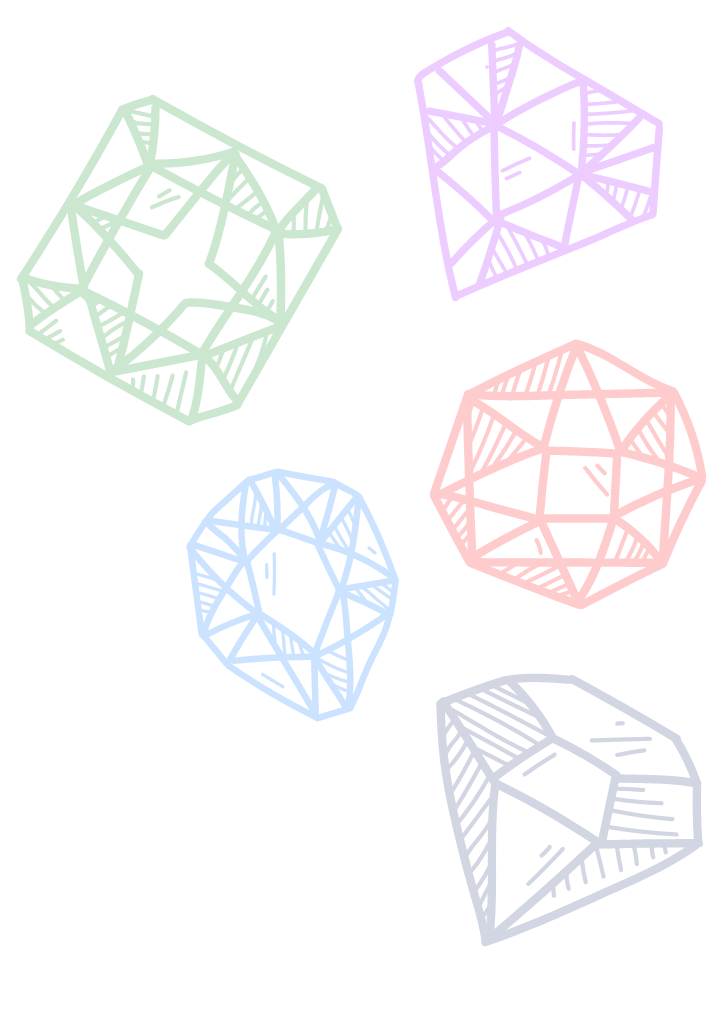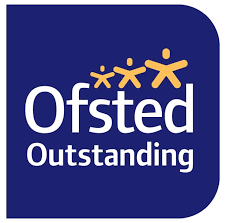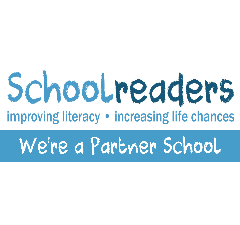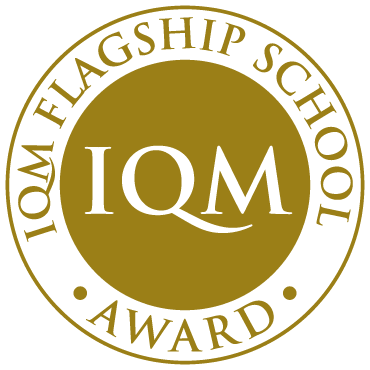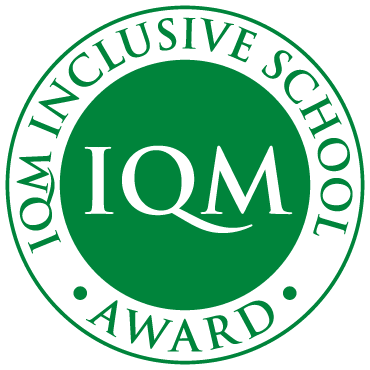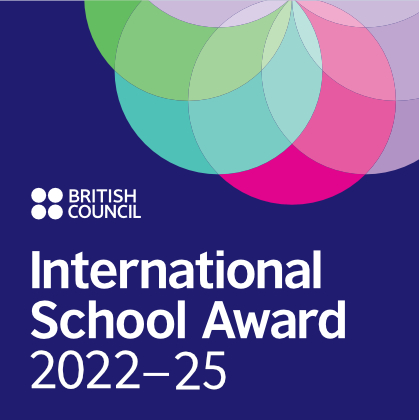Computing
Here at Yeading Infant and Nursery School, Computing is an essential skill embedded into our everyday curriculum. We provide children with plenty of opportunities to improve their digital literacy and computational thinking, where they can explore, engage and express themselves via a range of hardware and software. Technology is constantly evolving, and we want the children here at Yeading to be equipped with the knowledge and understanding required to keep up with the modern world. In order to do this, we deliver the Computing National Curriculum, and ensure that children from Nursery to Year 2 have access to the relevant resources.
It is important for children to have secure foundations in computing, so we start by supporting them to use simple programmes and basic input devices including a keyboard, mouse and interactive whiteboard pen. Once children are confident in this, we teach them fundamental skills such as coding, organising and manipulating digital content and using the internet safely and responsibly. Your child will be exposed to a variety of websites including Scratch, Purple Mash, Bug Club and Education City.
Importance of E-Safety - https://www.childnet.com/resources/digiduck-stories/
While computing is not explicitly outlined in the Early Years Foundation Stage framework, we provide pupils with endless opportunities to use technology. Children are able to:
- develop digital literacy and use a range of devices including computers, Chromebooks, large iPads and Bee-Bots both in-class and the ICT suite
- enhance fine motor skills using a touchscreen, keyboard, mouse and stylus
- exercise creativity and problem-solving on a range of platforms
The National Curriculum for Key Stage 1 is as follows:
- understand what algorithms are; how they are implemented as programs on digital devices; and that programs execute by following precise and unambiguous instructions
- create and debug simple programs
- use logical reasoning to predict the behaviour of simple programs
- use technology purposefully to create, organise, store, manipulate and retrieve digital content
- recognise common uses of information technology beyond school
- use technology safely and respectfully, keeping personal information private; identify where to go for help and support when they have concerns about content or contact on the internet or other online technologies.
However, our children learn to use technology in a range of contexts. We encourage them to explore using our iPads, laptops, cameras, microphones, interactive whiteboards and Bee Bots. Computing is also a fantastic tool for cross-curricular learning, supporting pupils in accessing other subjects like maths and science. For example, children may use Sumdog to embed their number sense and mental arithmetic or use Purple Mash to label the different parts of body.
We are extremely proud of the fact that children love computing at Yeading, and we can assure you they will be given every opportunity to explore safely.
Computing Ambassador Scheme
In Year 2, children have the opportunity to become a Computing Ambassador, and represent the school in all things technology!
Who are the Computing Ambassadors?
The computing ambassadors are a team of Year 2 children who are keen to support the school community with ICT. We are involved with delivering assemblies on important topics including internet safety and assisting in class to teach how to code. We are also responsible for looking after the school’s devices and taking photos of school events throughout the year. The Computing Ambassadors attend regular meetings to discuss how to improve computing at Yeading, keeping safe online and new technologies!
What are our aims?
- ‘We want to help other children and teachers learn how to code by building their own algorithm on Scratch.’
- ‘We want to teach others how to set up a computer! To do this, they need to be able to turn on the computer and monitor and then login using our username and password.’
- ‘We want to raise awareness of internet safety and offer advice on how to use different technologies responsibly.’
- ‘We want to encourage more girls take part in computing and participate in STEM!’
